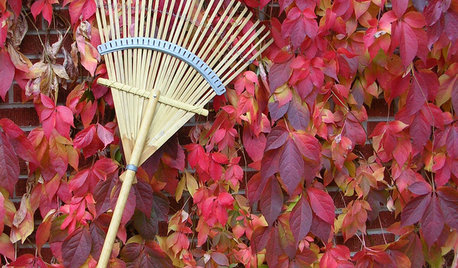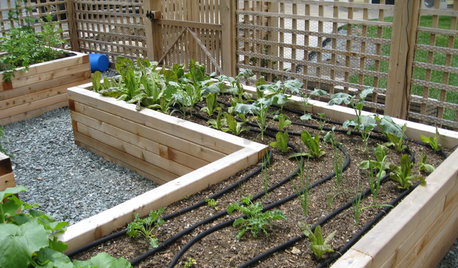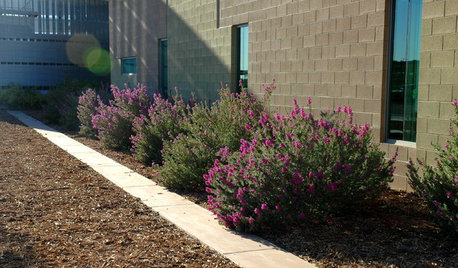Repeated Squash Hybridization. What happens?
Opuntiagrower
9 years ago
Related Stories

EDIBLE GARDENSSummer Crops: How to Grow Squash
Almost foolproof and with cheerful flowers, squash comes in a wide range of varieties to plant in spring
Full Story
STORAGE9 Ways to Avoid a ‘Floordrobe’ in Your Bedroom
Repeat after me: The floor isn’t storage space for clothes! Tackle the ‘floordrobe’ effect with these smart tips
Full Story
DECLUTTERINGSmall Steps for Keeping Your Housekeeping Resolutions
Take a different approach this year, making simple, positive changes that add up before you know it
Full Story
EDIBLE GARDENSGarden BFFs? Why Your Vegetables Are Begging for Companion Plants
Foster friendships among plants for protection from pests, pollination support and color camaraderie
Full Story
REMODELING GUIDESOne Big Happy Expansion for Michigan Grandparents
No more crowding around the Christmas tree. Friends and extended family now have all the elbow room they need, thanks to a smart addition
Full Story
KITCHEN DESIGNHow to Lose Some of Your Upper Kitchen Cabinets
Lovely views, display-worthy objects and dramatic backsplashes are just some of the reasons to consider getting out the sledgehammer
Full Story
ARCHITECTURESee the Daring Experimentalist Who Won 2013's Pritzker Prize
Architecture's highest honor goes to someone with a diverse and complex body of work and a never-satisfied mind-set
Full Story
GARDENING GUIDESYour November Garden Checklist
What to do around the U.S. this month to help your garden thrive — when you're not admiring fall's brilliant colors, that is
Full Story
SPRING GARDENINGEnjoy the Peak of Spring Gardening — Here’s What to Do in May
Bid the frost farewell and treasure the blooms. No matter what U.S. region you’re in, one of these guides will help your garden flourish
Full Story
GARDENING GUIDESHow to Avoid Overcrowded, Overpruned Shrubs
Go for a more natural look that’s easier and less expensive to maintain by giving your plants the right amount of growing room
Full Story





zen_man
Related Professionals
Roosevelt Landscape Architects & Landscape Designers · Brooklyn Center Landscape Architects & Landscape Designers · Jackson Landscape Contractors · Cedar Hill Landscape Contractors · Fort Mill Landscape Contractors · Mendota Heights Landscape Contractors · Tuscaloosa Landscape Contractors · Oxon Hill Landscape Contractors · Gardner Carpenters · Saint Charles Carpenters · Charlotte Fence Contractors · Fort Lauderdale Fence Contractors · Meridian Fence Contractors · Nampa Fence Contractors · Sandy Springs Fence Contractors